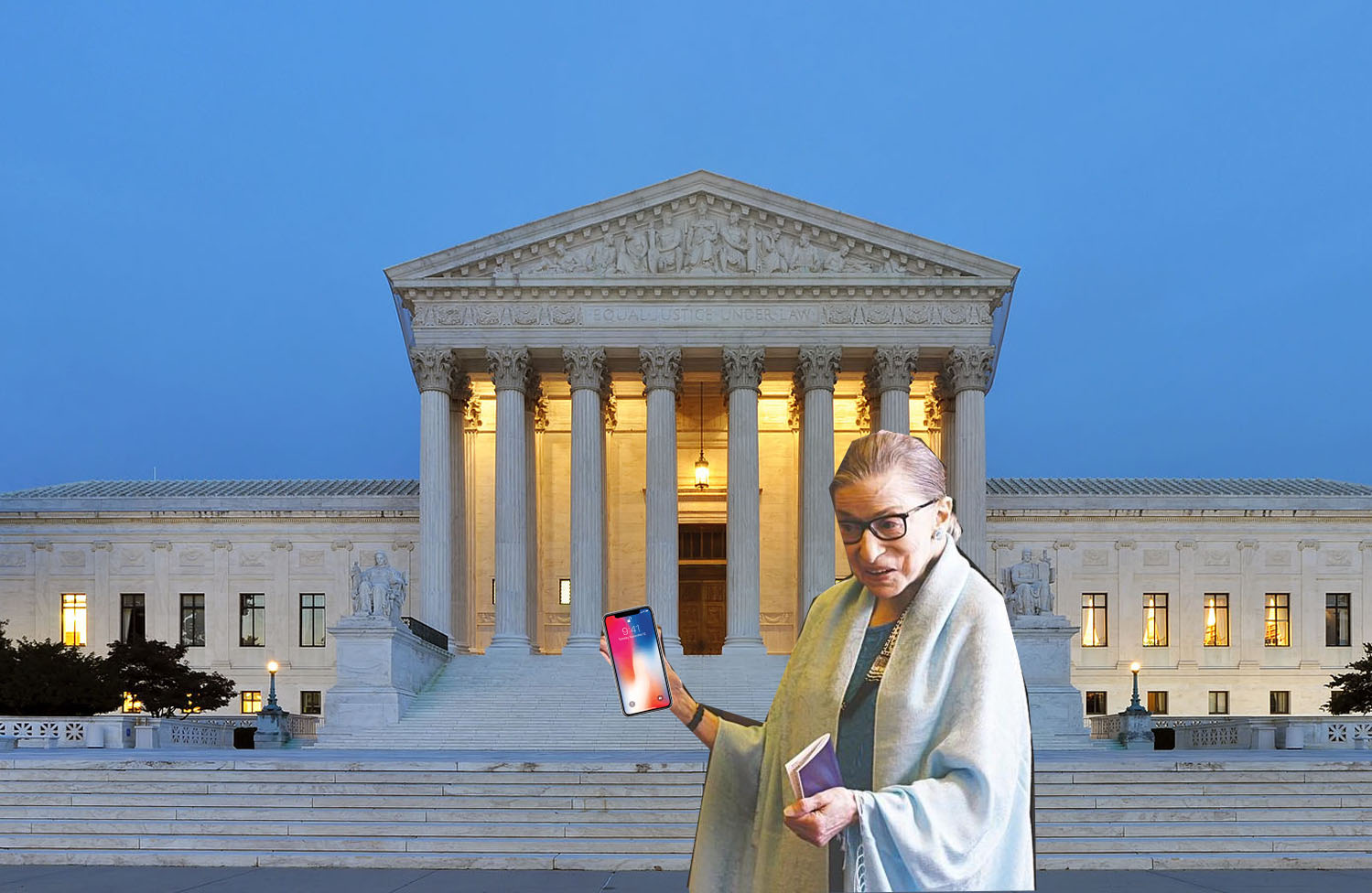I think everyone can agree that 2008 was a much simpler time to exist in the world. Sure, the world was suffering from the worst financial crisis since the great depression, with banks getting bailed out left and right, but amid the chaos and jetsam, a beautiful new realm of technology was born, and she was beautiful. In July of 2008, Apple (AAPL) launched the App Store, the first mobile marketplace for developers to conceptualize, build, and offer to consumers mobile applications for new iPhones. Apple (AAPL) went from no apps to hundreds of them overnight, and for the first time, iPhone users had a centralized place to safely purchase and download apps. After ten years of bitmojis, Tinder, and selfies posted on Instagram (FB), I feel comfortable saying that any issue, interest, or project in your life can be paired with an app offered by Apple’s (AAPL) App Store.
And this, my friends, is where our story begins…
Though the App Store has been revered for its ease of use, in terms of the user experience for consumers, iPhone users cannot download mobile applications from anywhere other than Apple’s own marketplace. Apple (AAPL) does not allow the use of third-party applications on its iOS devices, effectively forcing its customers to use the App Store. In addition to this digital stranglehold, while app developers set their prices for their apps, Apple (AAPL) takes 30% commission on each paid download.
If you think Apple (AAPL) taking a third of the profits from app developers seems hefty, the company’s terms and conditions for developers selling on the App Store prevents developers from selling their apps on any other marketplaces. Many see these conditions as enabling Apple (AAPL) to create a monopoly for app distribution. Following a lawsuit filed in 2011 against Apple (AAPL) for its alleged unfair monopolization, the company decided to take its case to the US Supreme Court to end the antitrust lawsuit.
According to CNBC, the case hinges on how the Supreme Court justices will apply one of the court’s past decisions to the claims made against Apple (AAPL). The last related ruling, from 1977, “limited damages for anti-competitive conduct to those directly overcharged rather than indirect victims who paid an overcharge passed on by others.” Legal jargon aside, the 1977 ruling states that the only individuals who can collect damages from antitrust claims are those who were “directly overcharged.”
This language is key because, until recently, App Store users hadn’t been considered direct purchasers, because Apple (AAPL) claims it only acted as the middle-man between the consumer and the developer. Last year, the San Francisco-based 9th U.S. Circuit Court of Appeals found that Apple (AAPL) was a distributor which sold products, and most importantly, iPhone Apps directly to consumers.
“Apple’s intentionally closed system prevents competition which enables the App Store to collect a higher price than if Apple were forced to entice the app seekers in a competitive market.”
–David Frederick, Legal Counsel for Plaintiffs
As both sides of the case throw their arguments at the mercy of the Supreme Court, the issue is substantially more straightforward than either side realizes. Antitrust lawsuits pertaining to monopolies can only be contested by the direct purchaser, and the justices will have to decide whether Apple (AAPL) is a direct distributor to consumers or if App Store developers are the only people able to sue for antitrust damages.
Legal experts have pointed out that Monday’s supreme court hearing will not have a massive immediate impact on the day-to-day operations of the App Store, but it may serve as a wakeup call for tech consumers who feel inadvertently forced into purchasing certain products and services when they buy from different companies.





